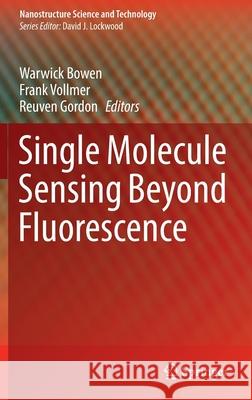Single Molecule Sensing Beyond Fluorescence » książka
topmenu
Single Molecule Sensing Beyond Fluorescence
ISBN-13: 9783030903381 / Angielski / Twarda / 2022 / 440 str.
Single Molecule Sensing Beyond Fluorescence
ISBN-13: 9783030903381 / Angielski / Twarda / 2022 / 440 str.
cena 685,93 zł
(netto: 653,27 VAT: 5%)
Najniższa cena z 30 dni: 655,41 zł
(netto: 653,27 VAT: 5%)
Najniższa cena z 30 dni: 655,41 zł
Termin realizacji zamówienia:
ok. 22 dni roboczych
Bez gwarancji dostawy przed świętami
ok. 22 dni roboczych
Bez gwarancji dostawy przed świętami
Darmowa dostawa!
Kategorie BISAC:
Wydawca:
Springer
Język:
Angielski
ISBN-13:
9783030903381
Rok wydania:
2022
Ilość stron:
440
Waga:
0.78 kg
Wymiary:
23.39 x 15.6 x 2.54
Oprawa:
Twarda
Wolumenów:
01
Dodatkowe informacje:
Wydanie ilustrowane











